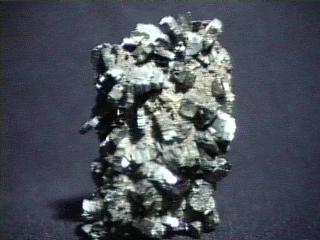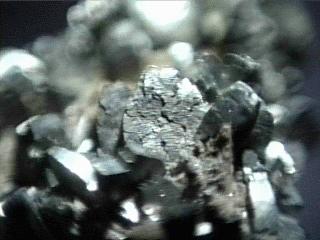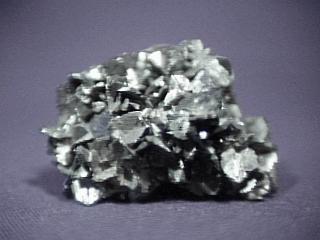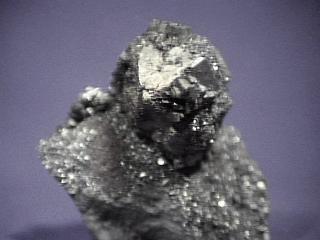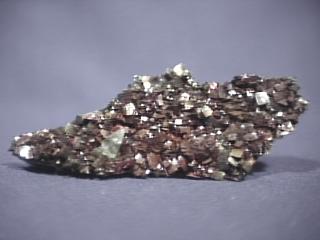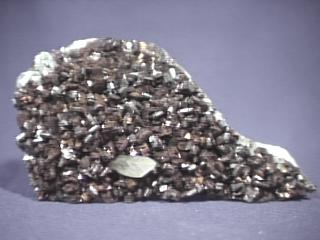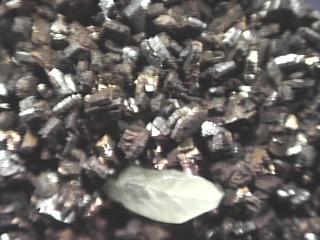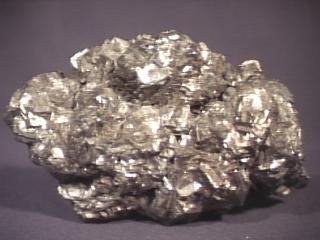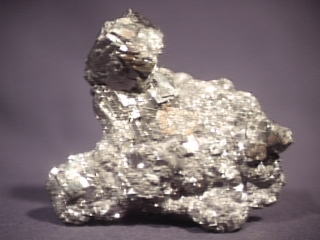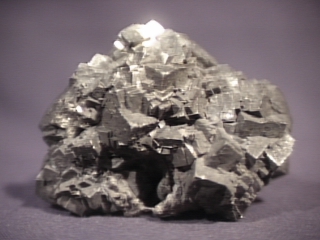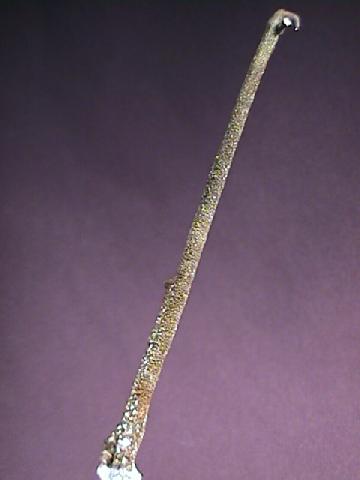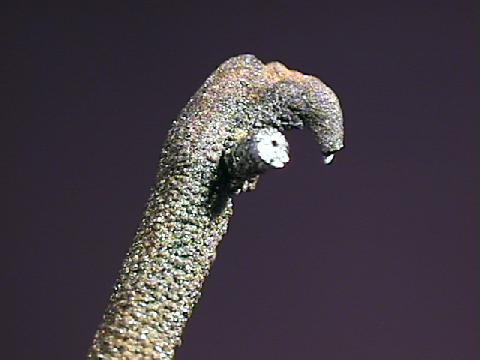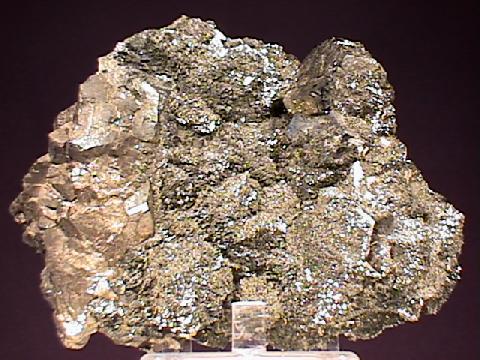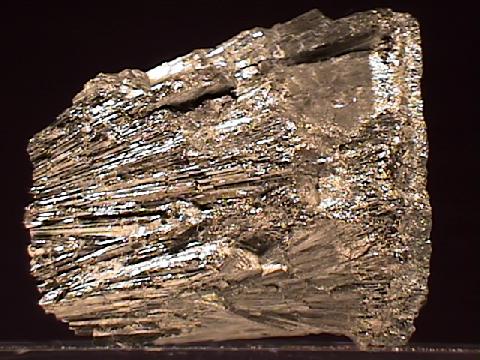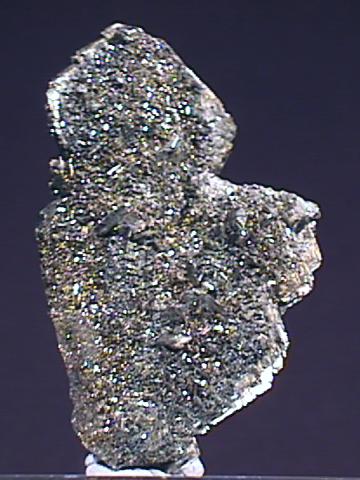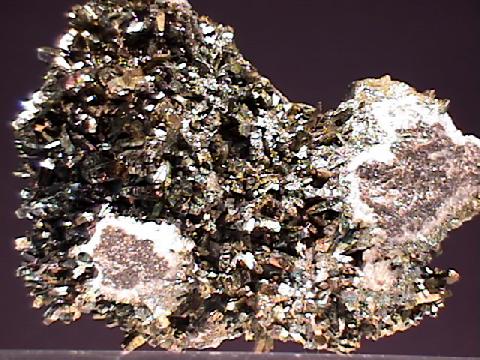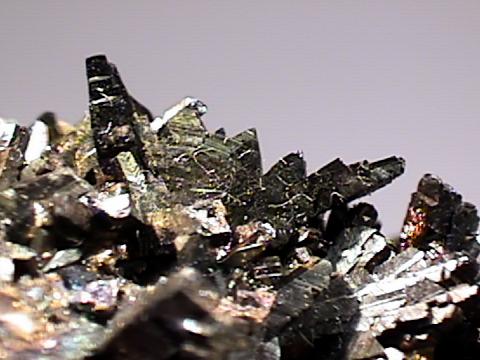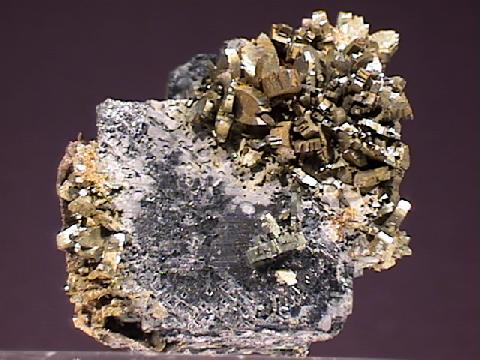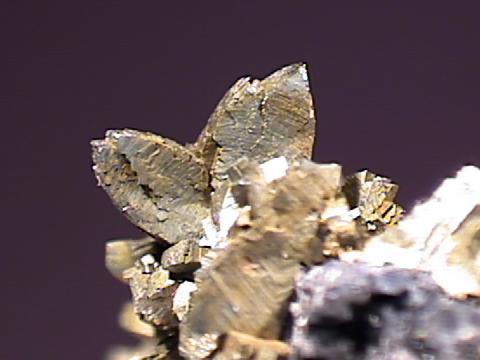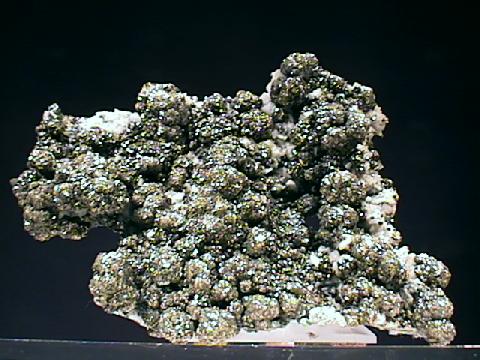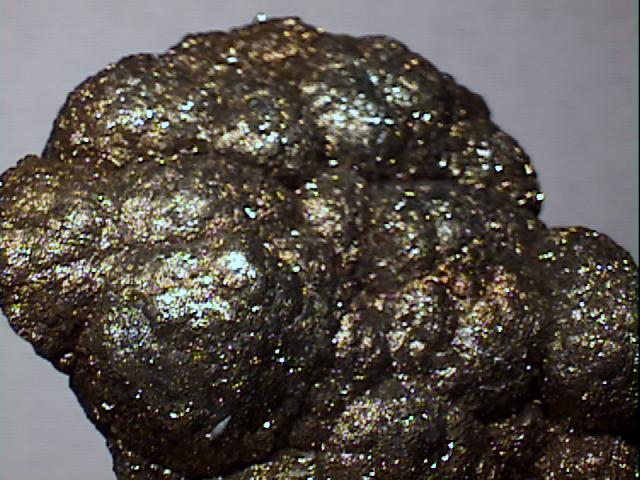 THE MINERAL MARCASITE
THE MINERAL MARCASITE
- Chemistry: FeS2, Iron Sulfide
- Class: Sulfides
- Group: Marcasite Group
- Uses: Only as mineral specimens.
Specimens
Marcasite is difficult to distinguish from pyrite when a lack of distinctive crystal habits exists. In fact, many specimens have been wrongly identified as pyrite or marcasite by even experienced mineral collectors. For many years the iron sulfide "Suns" found in Illinois coal mines were called "Marcasite Suns" (also known as "Marcasite Dollars") until X-ray studies showed them to be mostly pyrite. They have a habit that looks like marcasite. The possibility that they were originally marcasite and then later transformed into pyrite is being studied. Now they are correctly called "Pyrite Suns", but the confusion still exists. Many marcasite specimens are distinctive enough to reveal their true identity and make interesting and beautiful display specimens.
The most famous habit for marcasite is its "cock's comb" twinned habit. The crystals appear like a roster's head crest, hence the name. The habit is very distinctive and can not be mistaken for any other mineral.
Marcasite has been known to pseudomorph other minerals. A pseudomorph is an atom by atom replacement of one mineral's chemistry for another. If done subtly, the replacement can leave the old mineral's shape intact. The effect is one mineral in the shape of another, hence the term pseudomorph (Latin for false shape). Marcasite has pseudomorphed pyrite, gypsum, fluorite and others. At other times marcasite is pseudomorphed itself into the iron oxide mineral goethite. Often the replacement is only peripheral and leaves a thin skin of iron oxides on the crystals. These iron oxides are seen as an iridescence sheen and can provide marcasite specimens with quite an attractive and colorful appearance. These oxides may also have a positive effect in slowing marcasite's unfortunate deterioration.
Over a period of years, marcasite will oxidize in collections, freeing sulfur which forms sulfuric acid. The acid will then attack the paper label and even the cardboard box holding the specimen. Over a period of decades, most marcasite specimens will have disintegrated into an undesirable dust along with deteriorated paper scraps. A sulfur smell released during this reaction is often the easiest characteristic distinguishing Marcasite from Pyrite. The reaction is triggered by exposure to air and is an exothermic reaction, meaning that the reaction releases heat. This does not mean that marcasite hand specimens will feel warm to the touch, but in some marcasite rich portions of certain mines the mine walls would get too hot to touch because of this reaction. Ironically, specimens with iridescent oxide coatings have shown a resistance to deterioration and seem to survive longer than "fresh" maracasites. Either way marcasite is an interesting and attractive mineral and even with the slow deterioration can be a pleasure to own for many many years.
PHYSICAL CHARACTERISTICS:
- Color is brassy yellow with a greenish tint at times. A multi-colored tarnish may exist that is the result of oxidation.
- Luster is metallic.
- Transparency: Crystals are opaque.
- Crystal System is orthorhombic; 2/m 2/m 2/m
- Crystal Habits include the tabular, bladed or prismatic forms. A twinning effect produces spear shaped crystal and repeated twinning produces a "cock's comb" cluster. Also massive, botryoidal, stalactitic and nodular. Sometimes as a replacement mineral of fossils and a pseudomorph of pyrite.
- Cleavage is poor in two directions.
- Fracture is uneven.
- Hardness is 6 - 6.5
- Specific Gravity is approximately 4.8+ (average for metallic minerals)
- Streak is greenish to brownish black.
- Other Characteristics: A sulfur smell is sometimes detectable.
- Associated Minerals are calcite,
dolomite,
quartz,
goethite , fluorite, pyrrhotite, bornite, chalcocite, sphalerite, pyrite, galena and other sulfides. - Notable Occurrences are widespread, but the more notable sites include Joplin, Missouri; Grant County, Wisconsin and Hardin County, Illinios, USA; Guanajuato, Mexico; Escale Pas de Calais, France; Peru; China and Russia.
- Best Field Indicators are crystal habit, smell and greenish tint.

